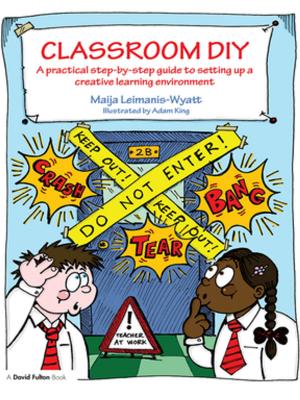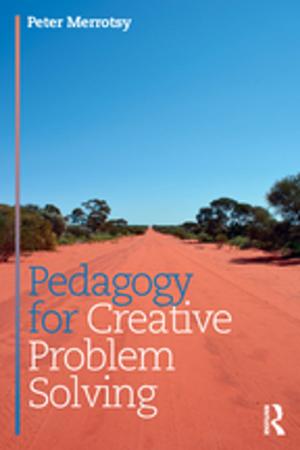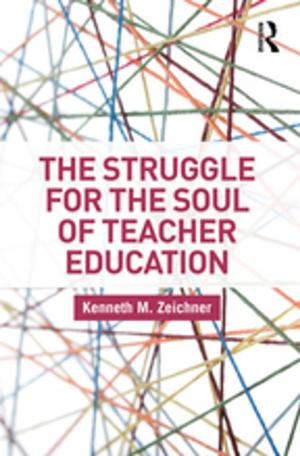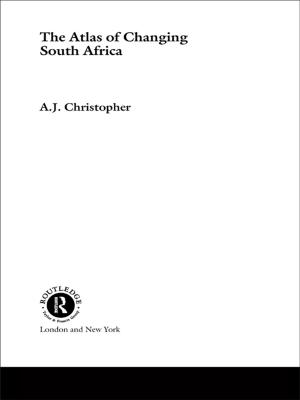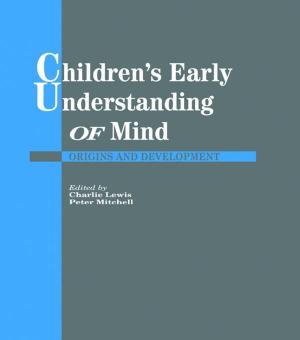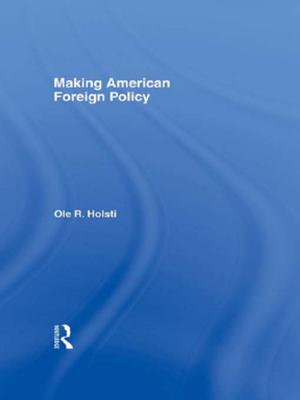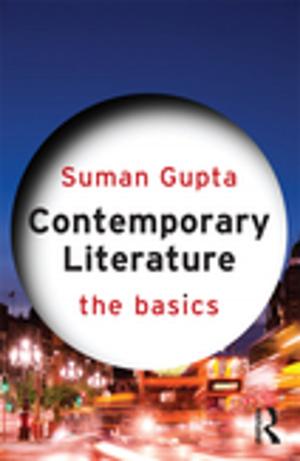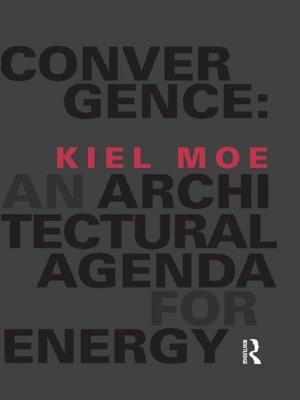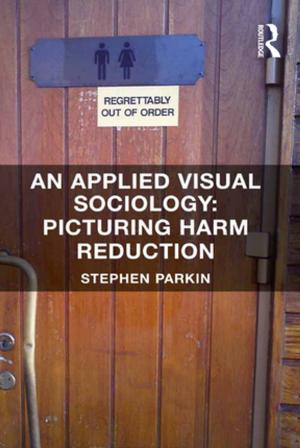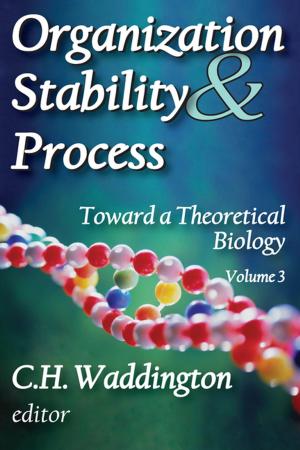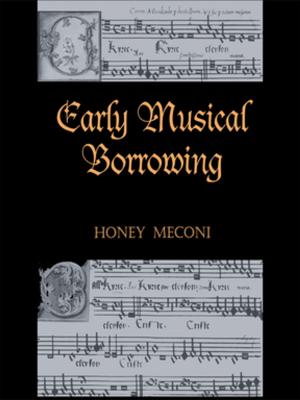The Routledge International Handbook of Creative Learning
Nonfiction, Reference & Language, Education & Teaching, Educational Theory, Educational Reform| Author: | ISBN: | 9781136730030 | |
| Publisher: | Taylor and Francis | Publication: | July 15, 2011 |
| Imprint: | Routledge | Language: | English |
| Author: | |
| ISBN: | 9781136730030 |
| Publisher: | Taylor and Francis |
| Publication: | July 15, 2011 |
| Imprint: | Routledge |
| Language: | English |
The concept of creative learning extends far beyond Arts-based learning or the development of individual creativity. It covers a range of processes and initiatives throughout the world that share common values, systems and practices aimed at making learning more creative. This applies at individual, classroom, or whole school level, always with the aim of fully realising young people’s potential.
Until now there has been no single text bringing together the significant literature that explores the dimensions of creative learning, despite the work of artists in schools and the development of a cadre of creative teaching and learning specialists. Containing a mixture of newly commissioned chapters, reprints and updated versions of previous publications, this book brings together major theorists and current research.
Comprising of key readings in creative education, it will stand as a uniquely authoritative text that will appeal to those involved in initial and continuing teacher education, as well as research academics and policy specialists.
Sections include:
- a general introduction to the field of creative learning
- arts learning traditions, with sub sections on discrete art forms such as drama and visual art
- accounts of practice from artist-teacher partnerships
- whole school change and reforms
- curriculum change
- assessment
- evaluative case studies of impact and effect
- global studies of policy change around creative learning.
The concept of creative learning extends far beyond Arts-based learning or the development of individual creativity. It covers a range of processes and initiatives throughout the world that share common values, systems and practices aimed at making learning more creative. This applies at individual, classroom, or whole school level, always with the aim of fully realising young people’s potential.
Until now there has been no single text bringing together the significant literature that explores the dimensions of creative learning, despite the work of artists in schools and the development of a cadre of creative teaching and learning specialists. Containing a mixture of newly commissioned chapters, reprints and updated versions of previous publications, this book brings together major theorists and current research.
Comprising of key readings in creative education, it will stand as a uniquely authoritative text that will appeal to those involved in initial and continuing teacher education, as well as research academics and policy specialists.
Sections include:
- a general introduction to the field of creative learning
- arts learning traditions, with sub sections on discrete art forms such as drama and visual art
- accounts of practice from artist-teacher partnerships
- whole school change and reforms
- curriculum change
- assessment
- evaluative case studies of impact and effect
- global studies of policy change around creative learning.

